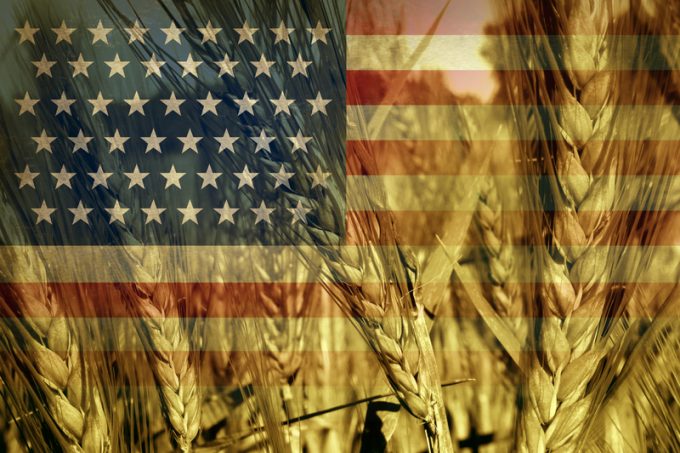Trading tensions with the US may push Brazil closer to China
Brazil is likely to seek new trading opportunities outside the US, after the US Trade ...

A coalition of US farmers and their forwarders claims the country’s logistics infrastructure is “inadequate” and domestic business is losing out to imports.
Board member of the Agriculture Transportation Coalition (AgTC) Donna Lemm told a Senate committee hearing this week that failing intermodal transport threatened the ...

Comment on this article